If you’re a baby boomer considering downsizing or a millennial looking to settle down in a first home, Thom Labrie is banking on knowing what you might want.
He calls it the Ultra-High Performance Building Shell System.
It is, as its name proclaims, a high-performing building that goes up quickly and doesn’t cost a lot to heat or maintain. It’s a rugged, weather-withstanding structure, built using 21st century materials and an architectural form that has stood the test of time. It’s about less is more, and to Labrie’s way of thinking, a common sense choice.
It looks a lot like a Quonset hut.
But unlike the utility buildings manufactured for the U.S. military in World War II, the homes and professional buildings that his company, Shelter + 7 Inc., is offering are intended to be permanent structures that meet modern residential or professional needs. He’s put a new spin on the micro-home concept.
“Stick-built construction was developed in the 1800s,” Labrie said. “We’re in the 21st century with modern materials, but we’re putting bells and whistles on the stick-built method to keep it alive. When I develop something, I go back to a clean sheet of paper, and I think: How would I develop something knowing what I know and with the materials I have?”
He came up with seven guidelines to work within. Whatever resulted had to have low ownership costs; speedy construction; rugged construction; an open floor plan; very, very low maintenance; very, very low energy consumption; and a small environmental footprint.
“Once I knew the geometry, I developed the three key components and we could build a shell,” he said.
As a longtime inventor, Labrie said he’s been through the development stage on a number of projects, including a downhill sledding system that he was working on in 1984. Targeted at ski areas, it was expected to expand the customer base but use the same kind of infrastructure that already existed on the ski runs.
“It was just a thrill to ride, but it never got off the ground,” he said. “It would have taken a lot more capital, but I could never find the right resource to take it to the next level.”
Ski areas loved it, he said, but none wanted to be the first to invest.
Labrie has been working on the building shell concept for about seven years. The process took longer than he anticipated, but he’s pleased with the result.
That’s due in part to the work of Bob Bower, who runs both Bower Construction and Spray Foam of Maine in West Gardiner.
“I don’t know if it was fate or what,” Bower said. “He claims my name kept coming up when he was asking for recommendations.”
What makes it attractive is the component-based assembly and the simplistic and basic design, Bower said. Added to that, it meets 2015 building codes.
“The energy efficiency and the cost of building exceeds anything in the marketplace,” he said. “Based on your creativity and budget, the options are endless.”
Getting the shell up and watertight takes a week or two, once the foundation or slab is poured.
Conventional-built homes of reasonable quality cost between $125 and $150 per square foot to build, Labrie said.
“We’re between $90 and $130 per square foot and that surprises people,” he said. “They think it will cost more.”
The pair brought their concept to a recent log home show and a home and garden show, where they say they received good feedback, and they expect to get more feedback on Saturday at their open house, which runs from 10 a.m. to 4 p.m. at 557 Hallowell-Litchfield Road in West Gardiner. They have a prototype building standing.
Labrie’s own taste doesn’t run to the conventional. He has lived in an underground house for 35 years. He gets the comparison with Quonset huts and he was told early on that would make the buildings a hard sell, especially to women. But he said he’s never gotten a negative vibe from anyone. He’s pleased with the positive reactions of baby boomers, and he hopes that millennials, with their love of technology and all things green, will be equally positive about the concept.
Labrie said he and Bower are close to having their first contract signed and are working up quotes for buildings in several Maine towns.
But they don’t expect their market to be limited to Maine. The cost and ease of construction make his homes a good option for post-disaster housing, particularly where tornadoes and damaging hurricanes are common.
“I have to assume we’ll be moving outside Maine’s borders,” he said.
Jessica Lowell — 621-5632
Twitter: @JLowellKJ
Copy the Story LinkSend questions/comments to the editors.

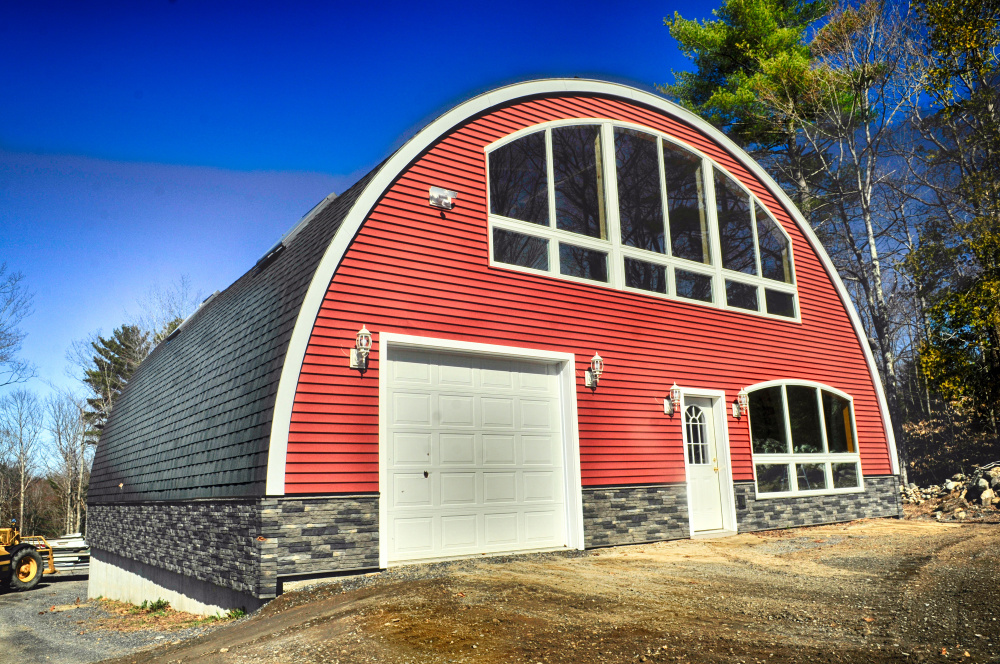
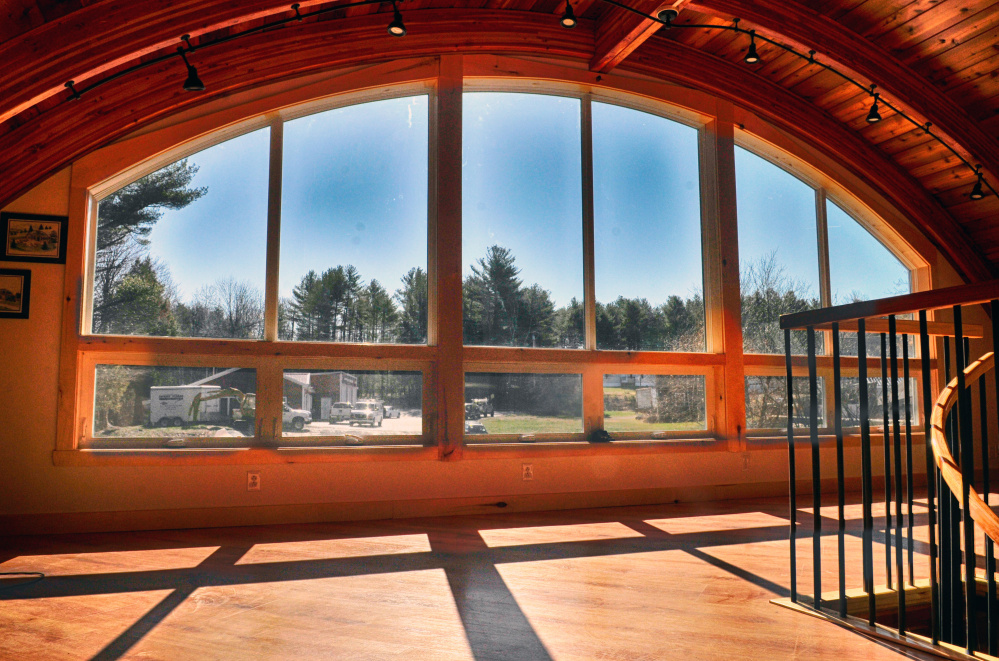
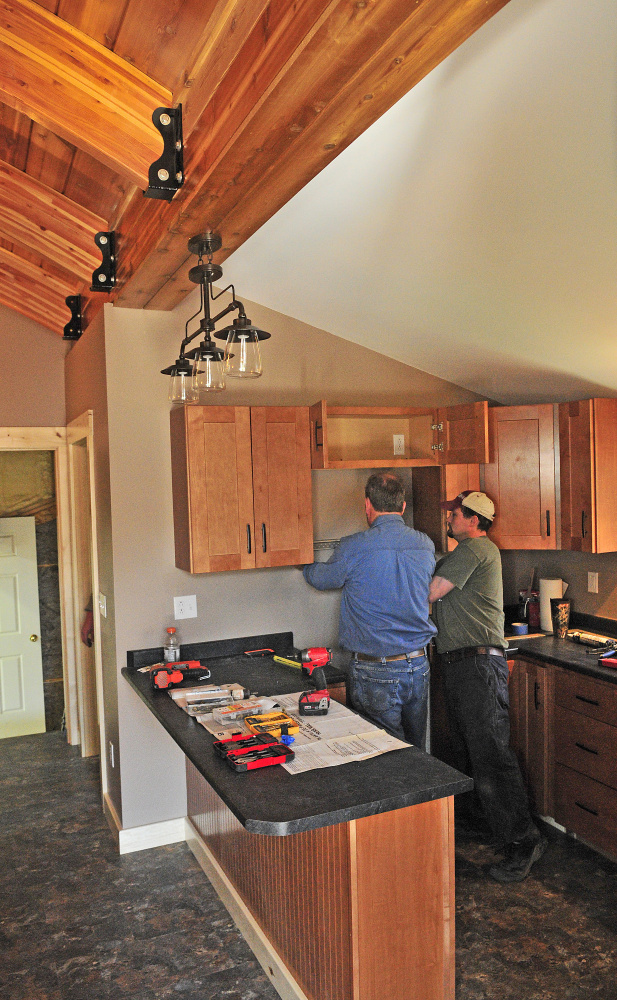
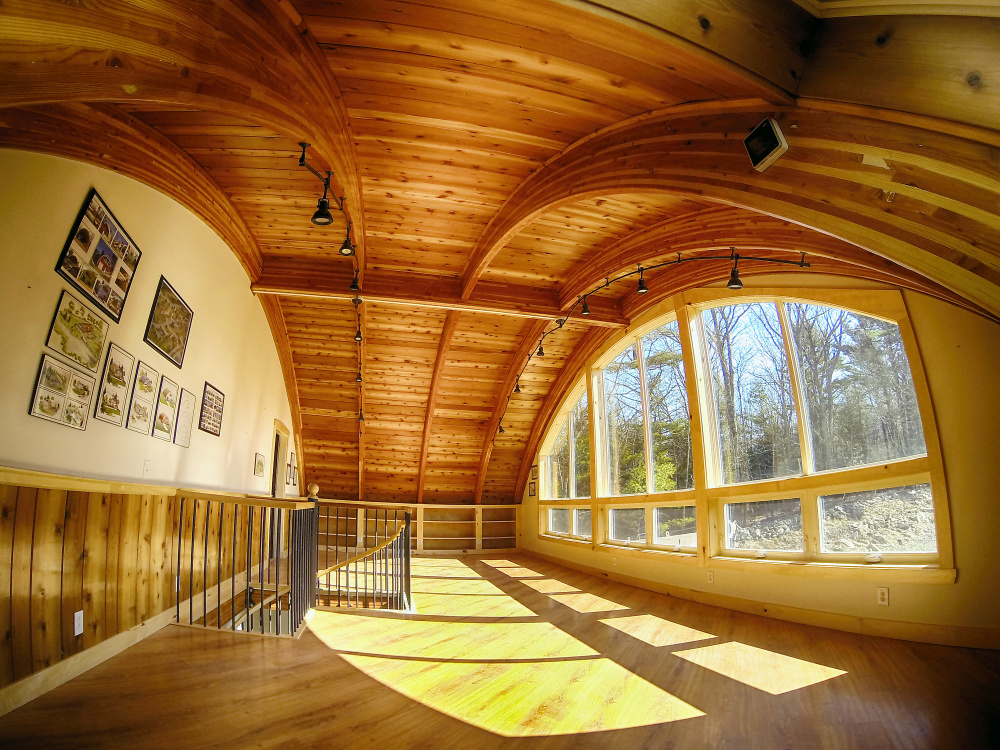
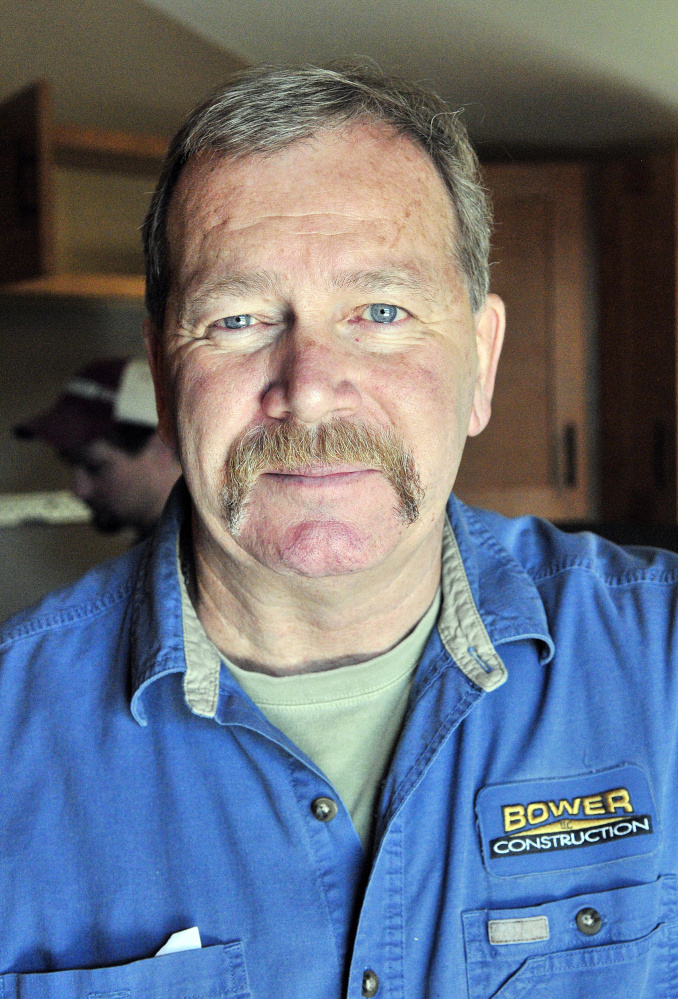
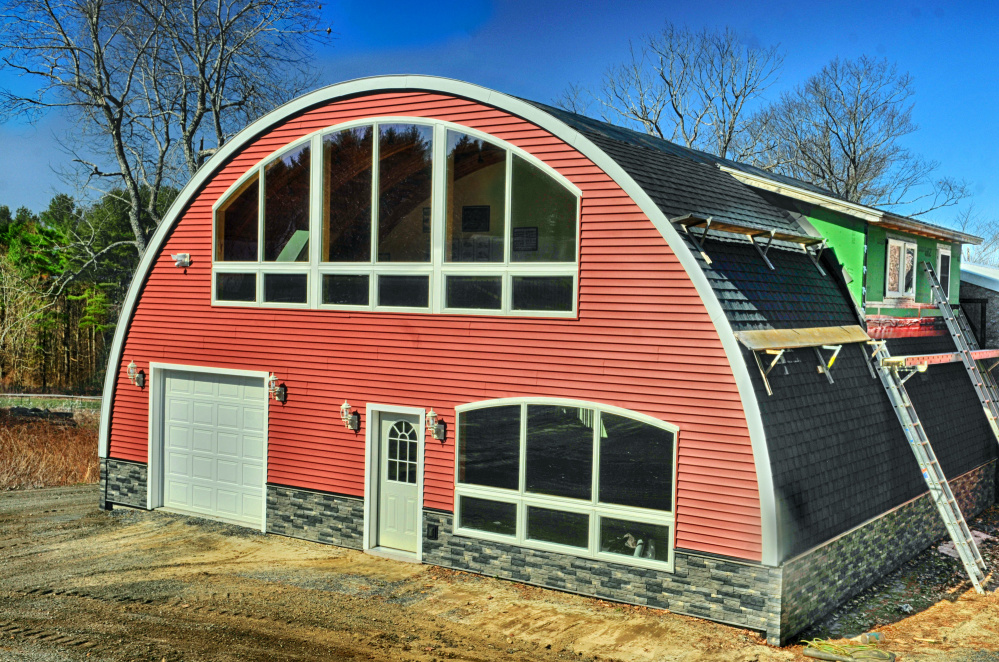

Success. Please wait for the page to reload. If the page does not reload within 5 seconds, please refresh the page.
Enter your email and password to access comments.
Hi, to comment on stories you must . This profile is in addition to your subscription and website login.
Already have a commenting profile? .
Invalid username/password.
Please check your email to confirm and complete your registration.
Only subscribers are eligible to post comments. Please subscribe or login first for digital access. Here’s why.
Use the form below to reset your password. When you've submitted your account email, we will send an email with a reset code.